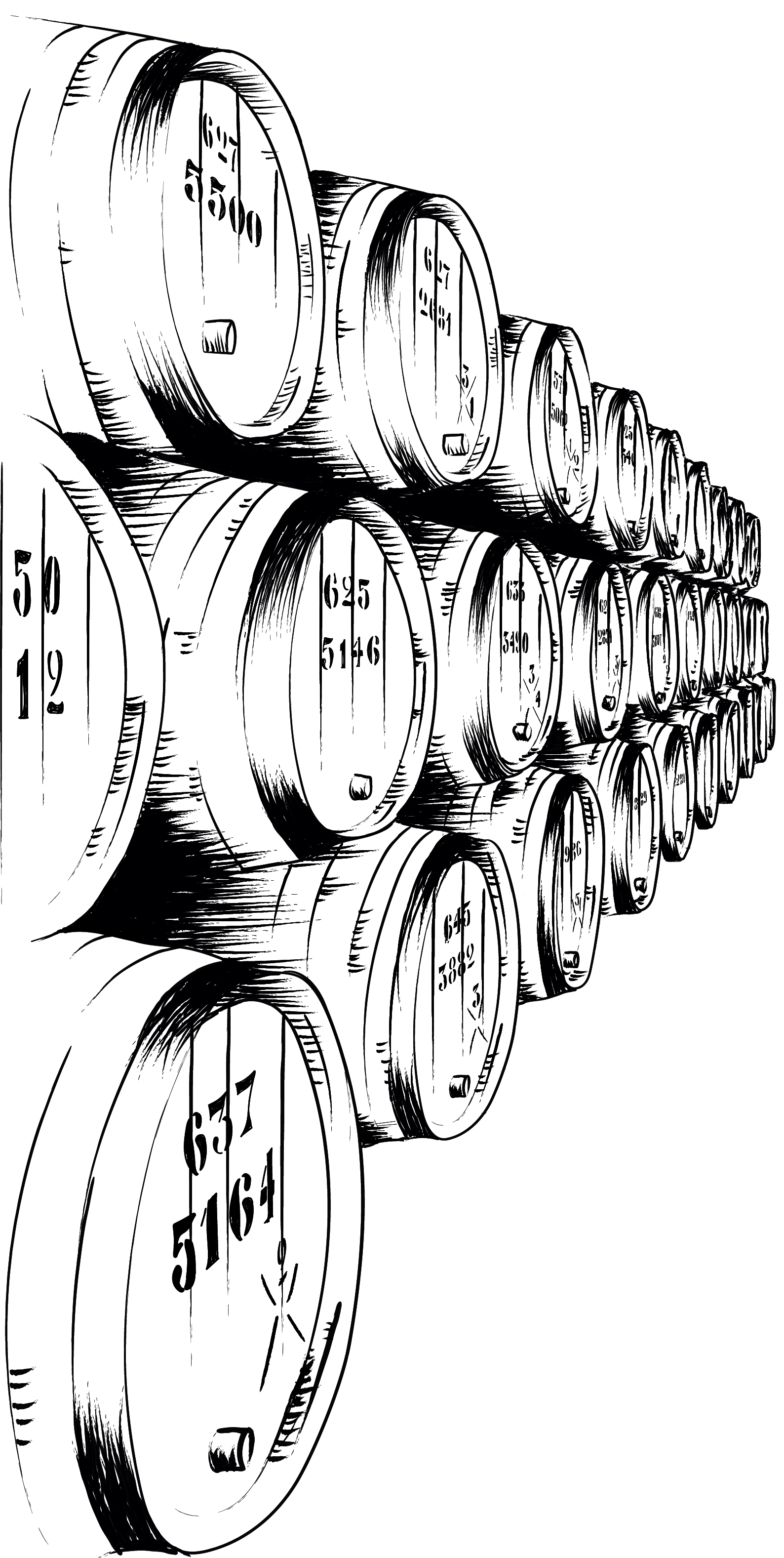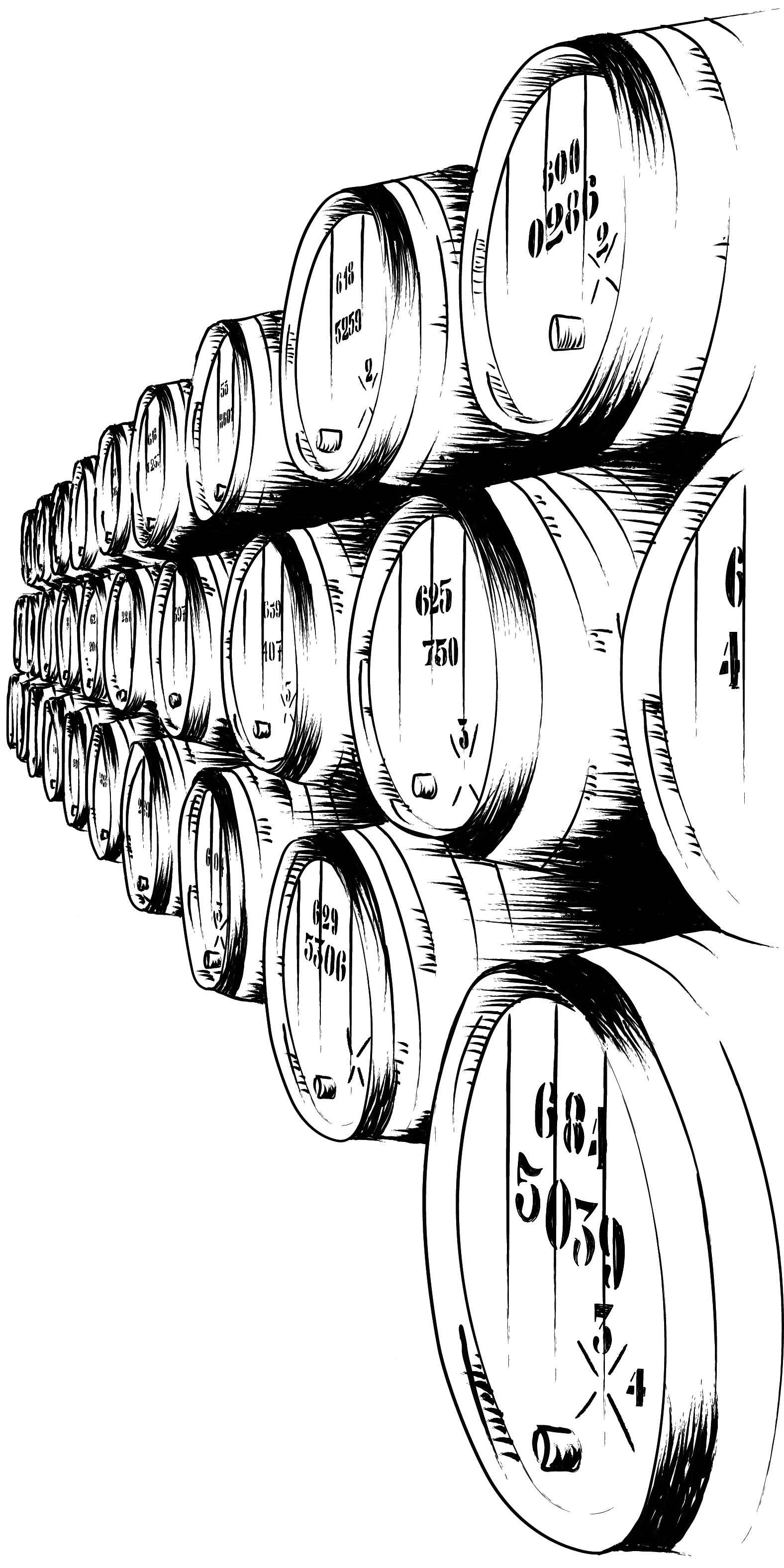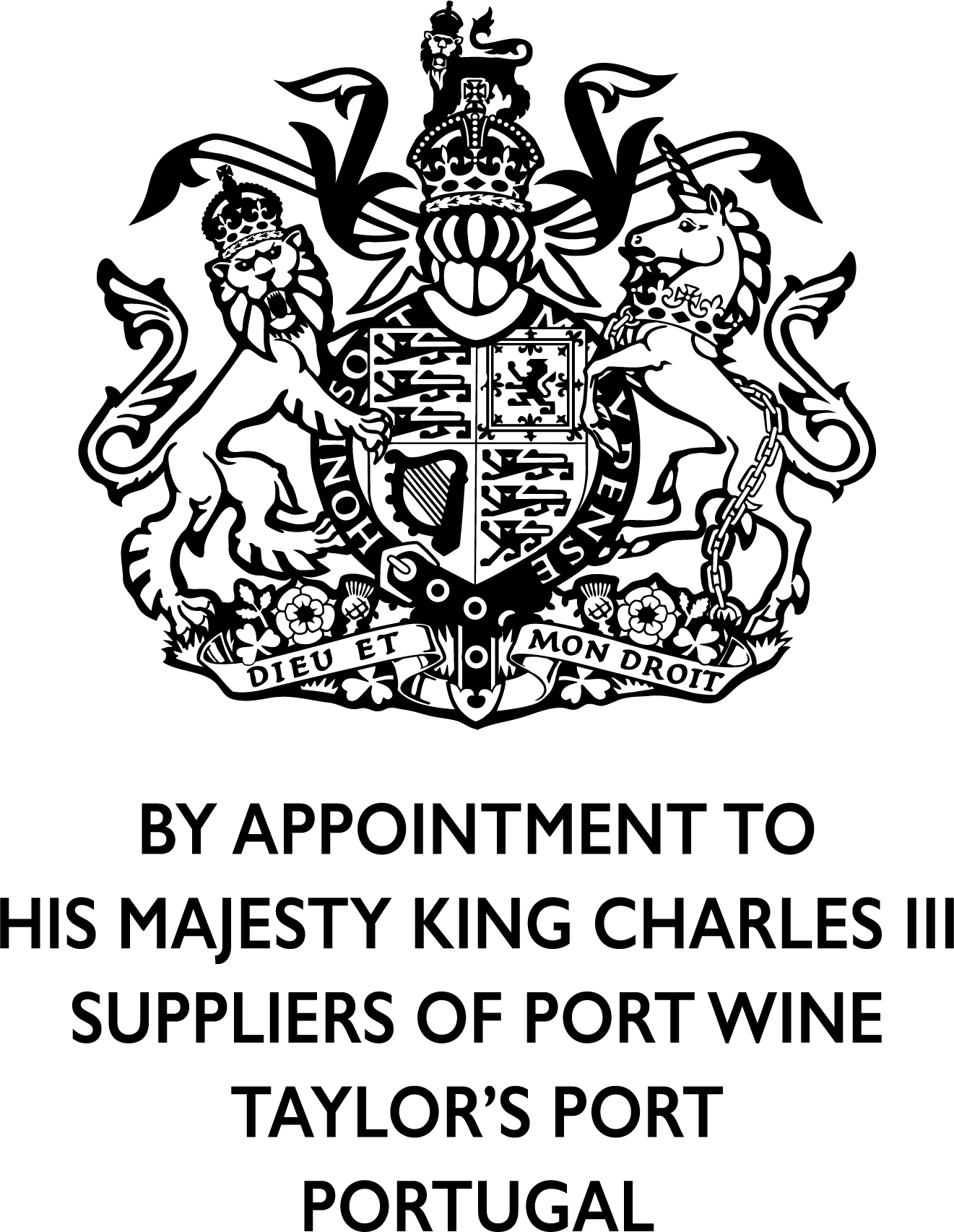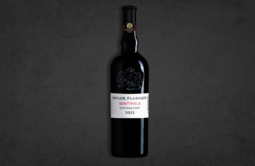Schist
The vines of the Port vineyards are planted in a stony soil composed of schist, a slate-like metamorphic rock. A large proportion of the soil is made up of fragments of foliated schistose rock whose interstices retain a certain amount of humidity, sometimes just enough to allow the vine to thrive in the arid conditions of the Douro Valley.
Sediment
With time, or sometimes as a result of sudden or prolonged exposure to cold, a natural sediment may appear in the bottom of a bottle of Port. This sediment is made up of natural colouring matter which gradually precipitates and settles to form a dark-coloured deposit sometimes referred to as a 'crust'. With time this sediment will become progresively more compact and some of it may adhere to the glass on the inside of the bottle. Sometimes the colouring matter forms thin translucent flakes which can be found floating in the wine if the bottle is disturbed and are known as 'beeswing'. The sediment may also contain small translucent crystals. They are caused by two natural substances present in the wine, tartaric acid and potassium, which react to form crystals of potassium bitartrate. The sediment, or 'crust', is completely harmless and is composed entirely of natural substances derived from the grape. Indeed the presence of sediment is an indication that the wine has body and concentration. Nevertheless,, the enjoyment of a wine may be spoiled if some of the sediment finds its way from the bottle into the glass. It is rare to find sediment in a bottle of wood aged Port unless it has been kept for several years. Most of the colouring matter and tartrates precipitate out of a wood aged Port while it is maturing in cask or vat. Also, most wood aged Ports are fined and filtered before they are bottled to make sure that they remain bright and do not produce a 'crust'. It is therefore very seldom necessary to decant a bottle of wood aged Port. However Vintage Port always produces some sediment with time. Vintage Port is particularly full bodied and rich in colour. It is not fined or filtered and spends most of its life in bottle where the 'crust' will gradually develop as the wine ages. Vintage Port should therefore be decanted before being served, to separate the wine from the sediment.
Ship's Decanter
A ship's decanter is a conical decanter with a flat bottom. The design is intended to prevent the decanter from sliding across the table on board a vessel sailing in rough seas. Ship's decanters are excellent for serving Port. The shape is simple and attractive and encourages the wine to release its aromas.
Splash mark
See 'Chalk Mark'.
Stopper cork
A stopper cork is a short cork with a plastic or wooden top. It is designed to be easily removed from the bottle, without the help of a corkscrew, and then replaced in the bottle after the wine has been poured. Stopper corks are used for most wood aged Ports as these will remain in good condition for several weeks after the bottle is first opened.
Sub Regions
The Douro Valley is divided into three sub regions, the Baixo Corgo in the west, Cima Corgo in the centre and Douro Superior in the east. The Baixo Corgo (meaning below the Corgo) extends from the western boundary of the Port vineyard area, in the foothills of the Marão mountains, to the vicinity the Corgo River, a tributary of the Douro which has its mouth close to the town of Régua. The Baixo Corgo has the highest rainfall of the three sub regions and its vineyards have the highest yields, producing lighter more early maturing wines than the two areas to the east. The Cima Corgo (meaning above the Corgo) stretches from a point just to the east of the Corgo River to the Cachão da Valeira or Valeira Gorge. Here, rainfall and yields are lower than in the Baixo Corgo and the wines are more concentrated and long lasting. Some of the Douro Valley's finest historic vineyards, such as Taylor's Quinta de Terra Feita and Quinta do Junco are located in the Cima Corgo. The Douro Superior (meaning Upper Douro) extends eastward from the Valeira Gorge to the border with Spain. This very high quality area was not part of the original 1756 demarcation. Viticulture only developed there on a significant scale after the Valeira Gorge was opened to river traffic in 1789 and it was therefore known initially as the Douro Novo, or 'New Douro'. Today, the Douro Superior, which has the hottest and driest climate of the three quality areas, is the source of some of the very finest Port wines and the home of many exceptional estates such as Taylor's Quinta de Vargellas.


discover more



